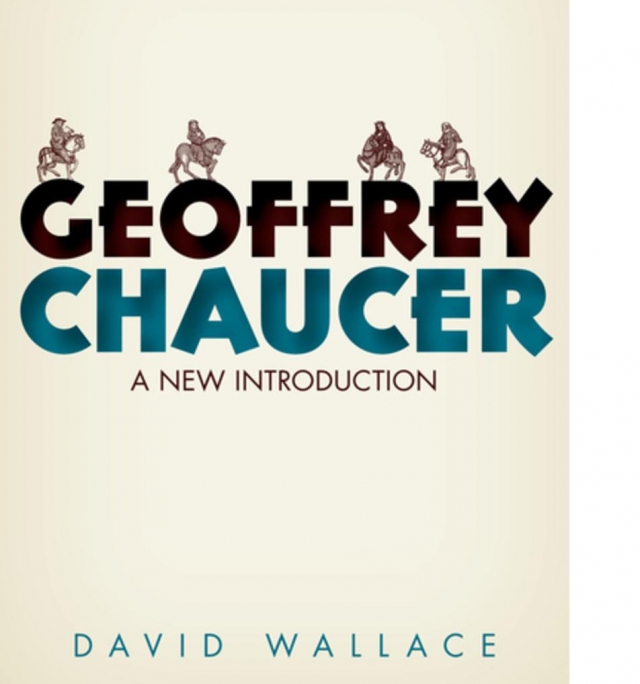Geoffrey Chaucer: A New Introduction
Book Review

Geoffrey Chaucer: A New Introduction, David Wallace, Oxford University Press, 2017, 172pp., £10.99 hard, ISBN 978-0-19-880506-9
Originally writing over 600 years ago, Geoffrey Chaucer is today enjoying a global renaissance. Poets, translators and audiences from many cultures from Iran to the islands of Japan find Chaucer inspiring. His tale-telling geography is vast, his fascination with varieties of religious belief endless, and his desire to voice female experience especially remarkable. Many Chaucerian poets and performers today are women. In part this is down to the character and sheer inventiveness of Chaucer's work. At the time Chaucer’s writings were not just literary adventures, but also a means of convincing the world that poetry and science, tragedy and astrology, could all be explored through the English language.
French was still England’s aristocratic language of choice when Chaucer was born; Latin was used for university education, theological discussion, and for burying the dead. Could a hybrid tongue such as English ever generate great writing to compare with French and Italian? Chaucer, miraculously, believed that it could, through gradual expansion of expressiveness and scientific precision. He was never paid to do this; he was valued as a capable civil servant, regulating the export of wool and the building of seating for royal tournaments. Such experiences, however, fed his writing, achieving a range of social registers, from noble tragedy to barnyard farce, unrivalled for centuries. In this well-written, timely and succinct book, David Wallace examines the life, performance and poetry of Chaucer analysing his enduring appeal with verve.

